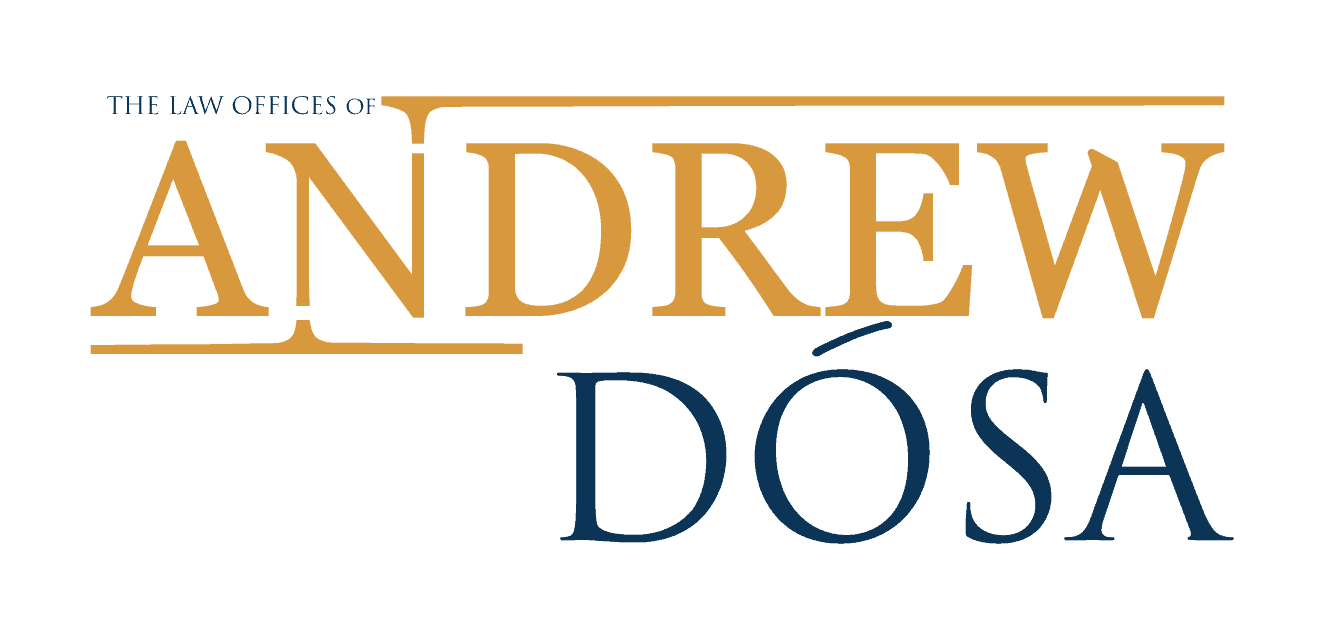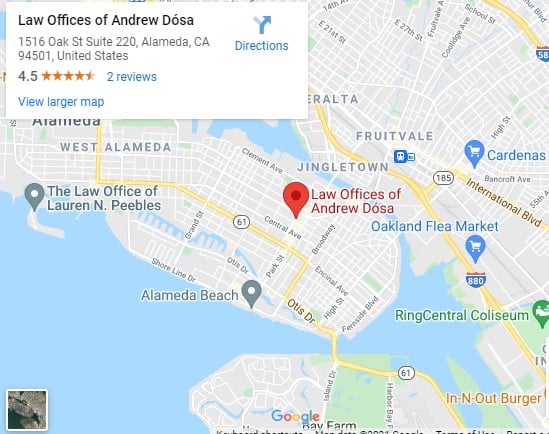Let’s start at the beginning. WHAT IS AN ESTATE PLAN? WHAT IS ITS PURPOSE (WHAT DOES IT DO)? An Estate Plan is an arrangement to conserve, invest, use, manage, and transfer a person’s property, during life and after death. The objectives of an estate plan are, according to Matthew Bender & Co. “California Wills & Trusts”:
- Create an estate, where none exists, by maximizing opportunities for savings and investment;
- Conserve an estate, where one already exists, by improving investment and savings techniques and optimizing tax savings opportunities;
- Create conditions under which the client can optimize the use of the estate during the client’s lifetime, in accordance with the client’s personal preferences and lifestyle;
- Make plans for the management of the client’s property if and when the client should become disabled or incapacitated;
- Transfer a part of the property to persons or entities of the client’s choice during the client’s lifetime, to the extent that the client wishes to make such transfers; and
- Transfer the balance of the property to persons or entities of the client’s choice at the client’s death.
“A ‘good’ estate plan … will seek to combine sound investment techniques with sound legal planning.” So there you have a high falutin’ description of what we want to do. So who does this work of helping a client create an estate plan? Does it take a village? Who is part of a client’s estate planning team? You, accountants or tax advisors, insurance agents, financial planners or investment advisors, and various nonspecialist specialists, such as the daughter who wants mom to put her on the title after dad has died. Some members of this team are dangerous.
How much your clients rely on any of these team members must be something you know. If you are not the central player, become the central player. Establishing the right relationship with your clients and getting their trust is vital. When in doubt, either take full control or write great cover your keister letters, or refuse the relationship. Work closely with all of the team members. First, it is the way you can best serve your clients. Second, every contact on the team is a source of business.
Clarifying Goals and Forecasting Needs
How do we figure out what the client might need or want? The start is always shaking someone’s hand and inviting them into your office. What should be central to your interaction once your prospective client takes a seat? The True Start to the Relationship is deciding if you want these persons as your clients. Begin as the profession initiating a professional business-related transaction. Discussion with the attorney-client communications privilege. Then, consider any conflicts of interest you have or that appear to be present. Then, get to know these fellow travelers and precious creatures: Why are the clients calling? What provoked the call? How did they find you? Who are these people? If you believe you want the clients, set up the relation.
Setting up the relationship: How can you get to know these individuals?
What do the clients request/want? What do the clients need? What do the clients need to hear? To organize your information gathering, screening and intake and the consultation with these clients, think like a journalist:
- Who: the consultants, representatives, and beneficiaries
- What: specific gifts, Real property, Personal property, Residual distributions
- Where: is backup information–or who has the information?
- When: timing of distributions
- How: can your clients get the job is done–this is what you create
- How/What you create, i.e., the estate planning tools could include any of the following: Wills, trusts, durable powers of attorney for financial affairs, advance health care directives, transfer deeds, nominations of the conservatory, nominations of guardians, co-ownership arrangements (joint tendencies, tenants in common, etc.), payable on death assets, gifts (which can include Uniform Transfers/Gifts to Minors Acts gifts or outright gifts), disclaimers, contracts, life insurance, retirement vehicles and contracts, businesses (corporations, family limited partnerships, etc.), the marital deduction, doing nothing.
Remember the two over arcing and universal questions you must ask your clients: Why do you want to do that, believe that, value that? What if things don’t go according to plan? What is the next alternative? WHAT IF?
Assessing Current and Future Assets and Debts
We can generally put assets into four groups by focusing on distributions:
- Specific gifts
- Real property
- Personal property
- Residual distributions
Independent of a client’s intentions about distributions, we can also identify seven categories of assets:
- Tangible personal property of monetary or sentimental value
- Real property
- Cash or readily marketable securities
- Non–readily marketable securities and business or investment property
- Interests in employee/self-employment benefit plans and annuities
- Insurance policies – life, accidental death, disability insurance
- Interests and trusts, estates, educational savings accounts, etc.
Finally, it is important to at least explore and identify the liabilities and debts of your clients. With all assets or interests, remember to ask the date of acquisition, value at that time, any wrinkles or limitations on the ownership/equity of the client, cost or basis, and estimated present value. For assets of couples, also if the assets are his or hers, which assets are separate property, which assets are quasi-community property, in which assets are community property assets. Be certain also to confirm which are non-retirement assets and which are retirement assets. Finally, determine if there are any sentimental or emotional issues connected with any assets.
Dealing with Family Dynamics: Past, Present, and Future
Who is going to manage the dynamics: Your or the client? How does the client handle the dynamics? Who is your client? Ultimately, the client makes the decision. Encourage, and push/press the client to seize the reins, but remember, they live with their challenges, not you. We draft estate planning documents, not provide marriage, family, and child counseling. So how does that make you feel?
What to Look for in Reviewing Existing Estate Plans
I think it is one of two things. You charge the client more to review their trust/plan then you will you draft a new trustor restatement. If you review their plan, you are looking at every jot and tittle, comma, and phrase, and with every sentence in that Will, Trust, Plan, you ask, why did you want this? Why not something else? Or, you have the client limit what you do to a simply discrete project and then you send another cover your keister letter.
Determining your Overall Estate Plan Strategy
Determining your Overall Estate Plan Strategy
- For an Estate not Subject to Estate Tax
- For an Estate Potentially Subject to Estate Tax
- For an Estate Subject to Estate Tax
Either you can handle the simpler estate plan, or you have a very seasoned veteran of the larger states in your Rolodex of Associates. The common foundation for estate plan is the revocable trust, but on top of that, you might need to consider QTIPS, QDOTSs, ILITs, Charitable Lead or Remainder Annuity Trusts (or Unitrusts), Special Needs trusts, QPRTS, and other initial trusts that are hard to spell otherwise.





